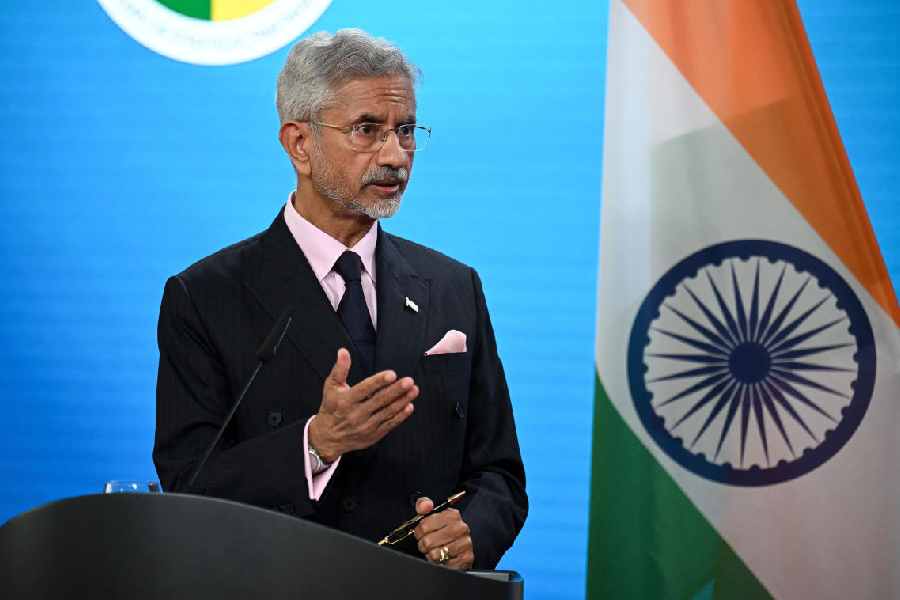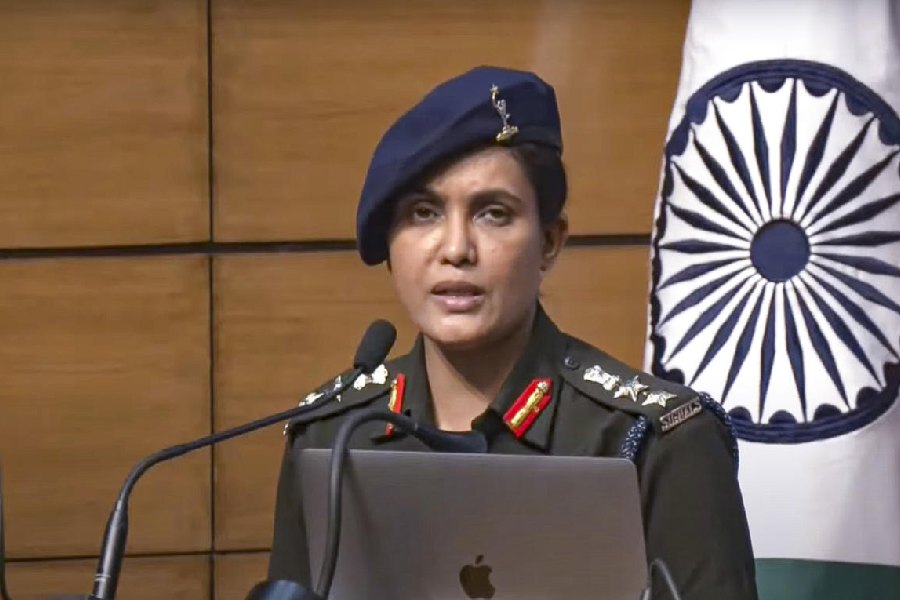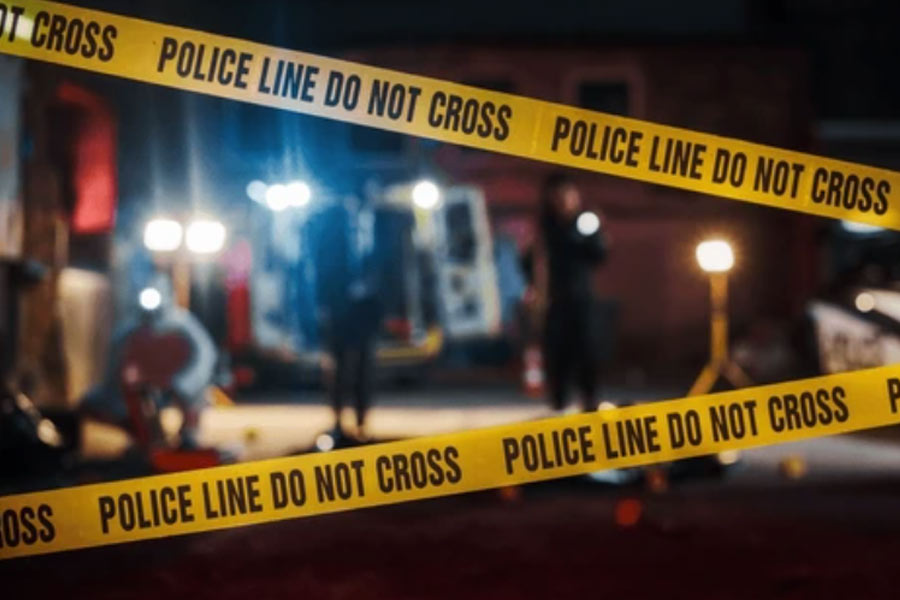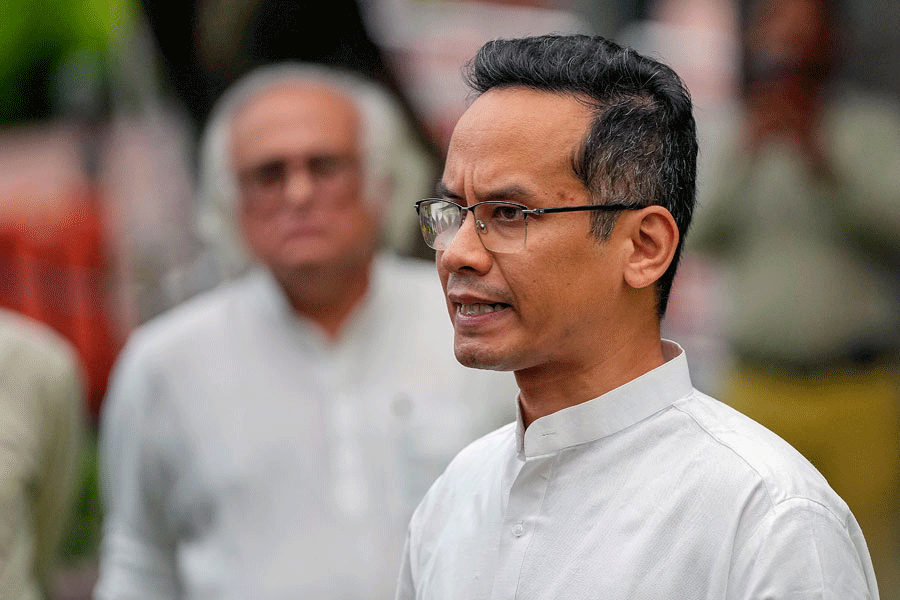 |
In a city where, according to police, 90 per cent of the private buses are not roadworthy, an accident like the one that killed Anita Mondal on Friday was waiting to happen. The 52-year-old’s death will not change the rickety bodies, retreaded tyres and the crumbling floors of the ageing fleet unless there is a concerted government crackdown.
Metro scanned the buses plying through busy crossings on Tuesday and found that most of them posed a threat to the lives and limbs of passengers.
A bus on route 24 (Howrah-Topsia) had a gaping hole on the rear right side giving pedestrians a clear view of the passengers’ feet. The metal rods protruding towards the passengers were also visible.
“The back of the bus can collapse anytime,” said a passenger while the vehicle was crossing Howrah bridge.
Another bus, plying on route 72 (Sealdah-Howrah), seemed to be in worse condition. The metal sheets over the wooden framework seemed to be falling off. A crack in front provided a glimpse into the driver’s cabin and the engine.
A tyre of one such rickety bus burst on Friday, sending a piece of wood flying into Anita’s neck.
Plying through Shyambazar crossing was a bus on route 215 (Lake Town-Howrah) a part of whose body was smashed in a collision, exposing the interiors.
A senior officer of traffic police estimated that 75 per cent of the private buses were not fit to transport people. “The figure is 90 if retreaded tyres are taken into account,” he added.
The bus operators know that even if the police stop their vehicles on the road and find them unfit to ply, they will only have to pay a token fine. They would rather pay the Rs 100-300 penalty than buy a new pair of tyres for Rs 18,000-20,000.
That the penal provisions lack teeth is borne out by statistics: the traffic police have so far slapped 2,496 cases on bus-owners this year, compared with 806 cases in 2008, without any noticeable improvement in the maintenance of the buses.
The twice-a-year mandatory road fitness tests don’t worry the bus operators either. “Many of us don’t bother to take the buses for the tests because cops rarely book us for outdated fitness certificates. Even if we go for the tests, we can obtain the certificates by greasing the palms of touts and officials,” said a bus operator on route 214.
“Patchwork” and “a set of rented tyres” are all it takes to sail through the examination. The public vehicles department in the city and the road transport authorities at Barasat and Barrackpore lack enough technical hands for the tests to be more than rituals.
“We have an enforcement wing for carrying out raids and we do book buses. But it is not possible to scan all vehicles as extensively as required,” said S.N. Pal, the director of the public vehicles department.
Drivers and conductors put the onus of repairs and maintenance on the owners, who in turn said that there was little money left after meeting the other expenses to maintain the buses properly.
“Passengers have started dwindling on most routes and it has become difficult to break even,” said Swarnakamal Saha of Bengal Bus Syndicate.
The police, too, have their excuses ready. “ If you have to thoroughly check a bus, you need to turn up with a team at the stands. But there’s too much to do to conduct such raids,” said a senior officer of a traffic guard.










